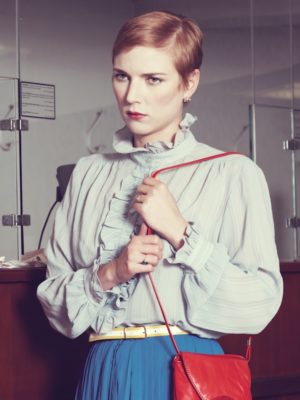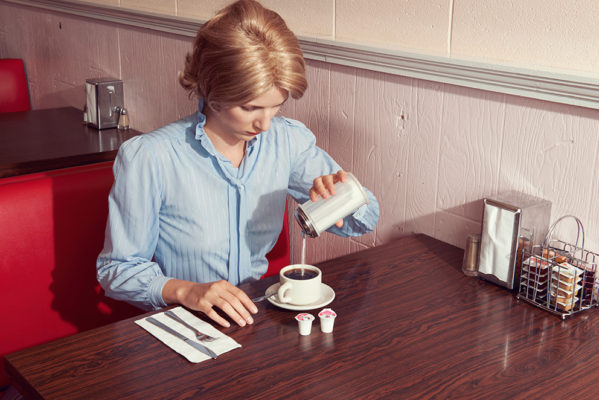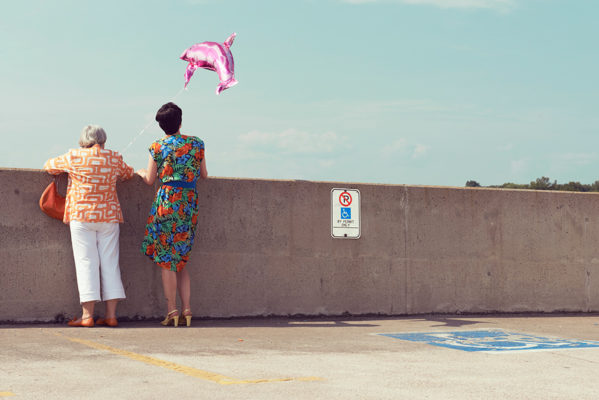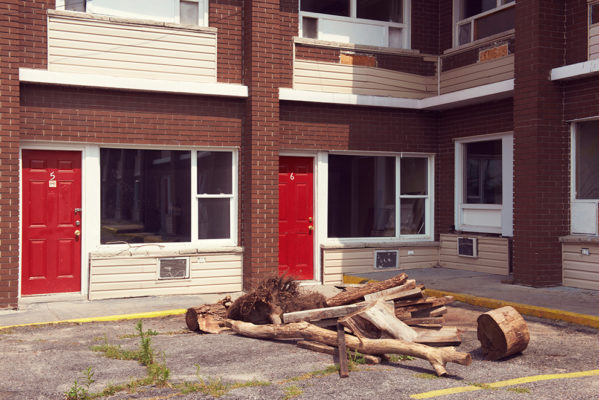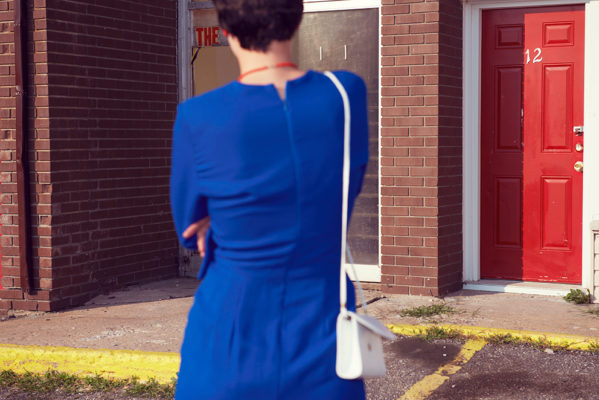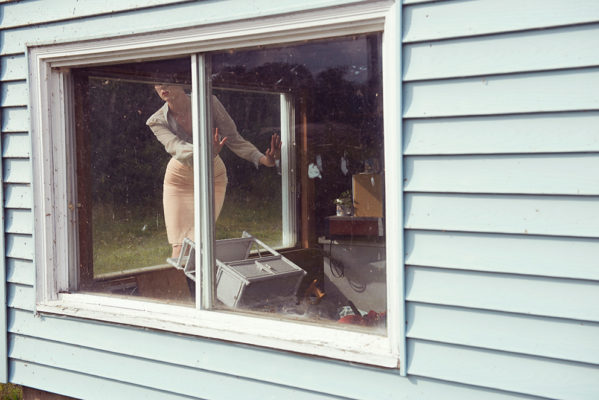Kourtney Roy
Canadian photographer, born in the wilds of Northern Ontario in 1981, Canada, Kourtney Roy now lives and works in Paris. She learned to use an axe before she learned to walk and had mastered the use of her father’s rifle and other small firearms by the age of 12. At the age of 13 she was the regional cross-country ski champion. She then devoted her abilities to smuggling furs and maple syrup across the frozen Acadian frontiers.
After having spent a rather raucous youth drinking, snake handling and bar fighting, she turned her gaze towards Europe, eventually settling in Paris. Kourtney’s days in the French capital are spent hell raising, drinking bourbon and photographing herself in seedy hotels and dilapidated trailer parks.
Kourtney has been awarded a number of awards and grants for her photographic mise-en-scene, most recently the “Carte Blanche PMU”, a significant annual prize awarded to a photographic artist to produce a body of work based on the world of the PMU.
Project
Hope
Kourtney Roy proposes to utilise the performative and sculptural aspects of the body in order to create an “interruption” or a disturbance in the otherwise mundane scenes of suburban life. The self-portrait, placed artificially into these familiar locations, operates by distorting the quotidian, rendering it strange and menacing. The body becomes fragmented and the objects and decors surrounding it also take on an unexpected and ambiguous presence.
“I would like to propose for the Prix Elysée project a series focusing on a combination of self-portraits and landscapes taken in contemporary urban and suburban settings. In these locations I would utilise the performative and sculptural aspects of the body in order to create an “interruption” or a disturbance in the otherwise mundane scene. The self, placed artificially into these familiar locations, operates by distorting the quotidian, rendering it strange and menacing. The body becomes fragmented and the objects and decors surrounding it also take on an unexpected and ambiguous presence. By directing the camera on unused and unnoticed fragments of the landscape one is able to dislocate and confuse common readings of such places. Some examples of locations where this project could take place are: an office building, a grocery store, a call centre, a gas station, a parking lot, inside a car, a residential street, a fast food restaurant, a road side motel, a beauty salon, the side of the highway, an insurance office, and an industrial factory (to name only a few possibilities).
The method of mise-en-scene self-portraiture used in my work provokes one to question the prevailing usages and conventions of these spaces and allows one to project other possible meanings onto them. As a result the images take on an uncanny aspect, suddenly what was once so familiar and unquestioned becomes the breeding ground for uncertainty and reconfiguration.”
